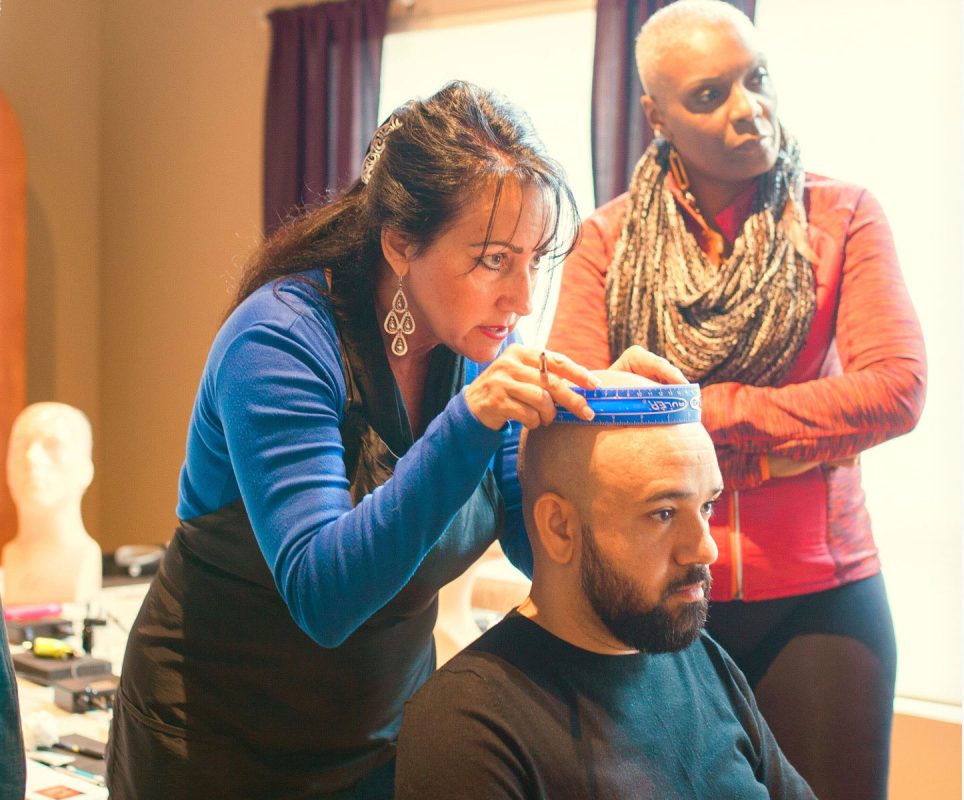SMP
Alopecia Scalp Micropigmentation
Alopecia Scalp Micropigmentation. Three small words that go hand-in-hand, together, working in harmony. And there are many people, the world over, that are rejoicing this wonderful fact. So let’s run through a few quick-fire facts about hair itself… before we discuss Alopecia and SMP.
Fast Facts on Hair and Hair Loss
- Generally speaking, people have around 100 to 150 thousand hairs on their head
- Pattern Baldness is the most common form of Alopecia
- It’s not only men that suffer from pattern baldness, women also do
- The lifespan of a hair is from one to six years
- There are zero links between wearing hats, over-shampooing and hair loss
- Hair loss is very often hereditary
Of course, that list is pretty short. There are a million and one facts about hair and hair loss out there, we’ve just covered a few of them. However, one of those facts that might not be as clear to you is that the word Alopecia is the generic term for hair loss. So what are the different types of Alopecias? And how can SMP help alopecia?
Androgenic Alopecia and SMP
This is another name for pattern baldness and affects both men and women alike. Scalp Micropigmentation for Androgenic Alopecia is a perfect solution that works on both genders, by full treatment for male pattern baldness and underlying shading for female pattern baldness.
Scalp Micropigmentation and Alopecia Areata
Alopecia Areata is also called patch baldness. It’s where disc-like hair loss appears across the scalp and can move from zone to zone. It can disappear as quickly as it arrives and SMP is an ideal solution for sufferers.
SMP and Alopecia Totalis
Totalis is a hair loss condition which affects the scalp and facial area. There are little known facts about the cause of this type of hair loss condition, however, this type of Alopecia and Scalp Micropigmentation do go hand in hand.
Alopecia Universalis and Scalp Micropigmentation
Universalis is like Totalis with the sole difference that hair loss is over the body in its entirety. Another type of condition where scalp micropigmentation and alopecia work together in perfect harmony.
Traction and Chignon Alopecia
This is a type of alopecia whereby the hair follicles have become damaged through to pulling and tension over a prolonged period of time. Often found with cornrows, it’s an alopecia type which responds well to scalp micropigmentation.
The above list of alopecias is just a brief overview. There are many more conditions that can result in the loss of hair and baldness and contributing factors are wide and varied. However, the psychological impact that hair loss can have is the same, no matter the cause – which is why alopecia and scalp micropigmentation are such good friends. Anyone suffering from any of the alopecias knows, the option of regaining your hairline, even if it’s only in the form of an illusion, is life-changing. To some, it really is the difference to rebuilding a way of life like never before.
